Physical Address
304 North Cardinal St.
Dorchester Center, MA 02124
Physical Address
304 North Cardinal St.
Dorchester Center, MA 02124
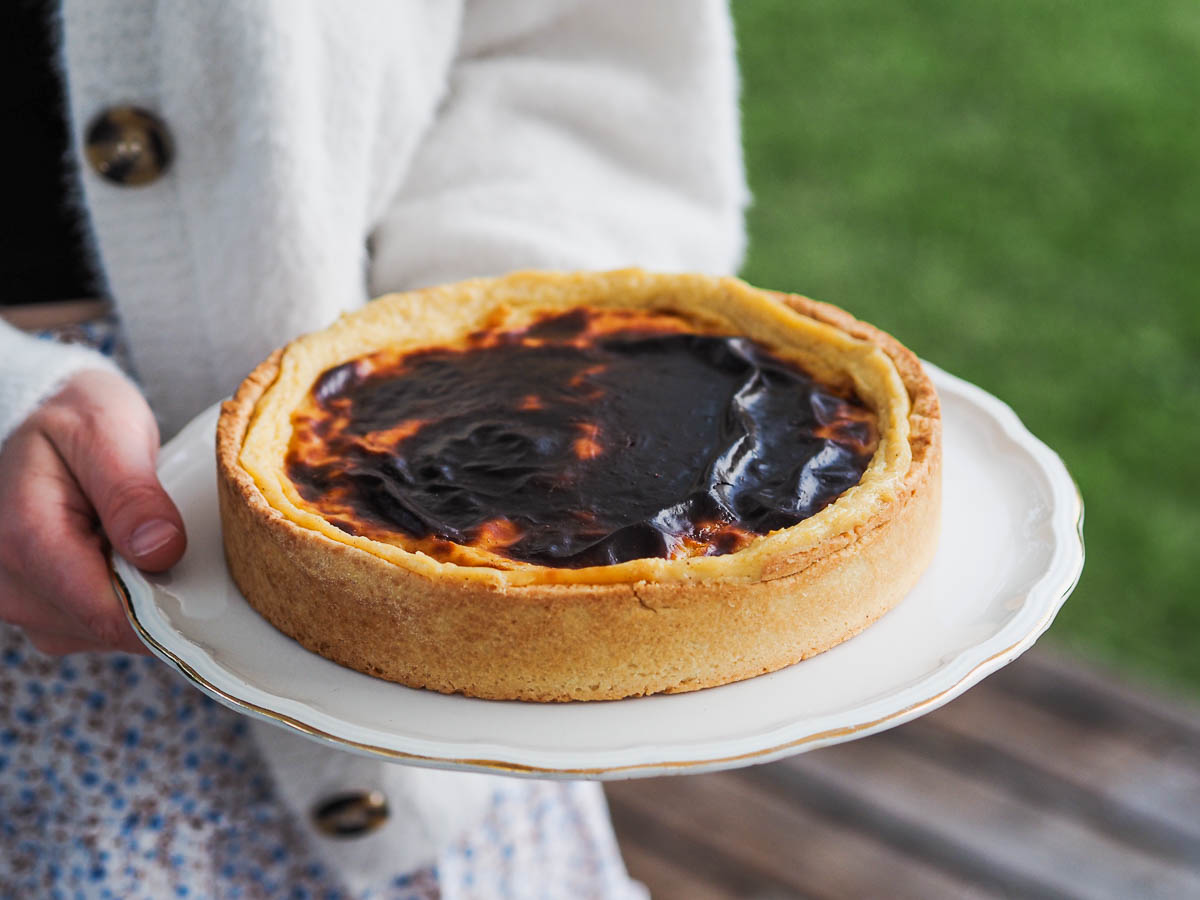
Parisian flan or pastry flan with creamy and melting texture and intense vanilla taste. Nothing like an old -fashioned dessert for pure delicacy.
The Parisian flan is one of these desserts that we buy on a whim in a bakery so much it makes you want on the stalls. Ultra comforting with its texture that is both firm and creamy, the flexible and golden top at will, and all these vanilla grains that we discover in the cut. I crack!
But have you ever prepared a homemade blank? I admit it can be scary but ultimately it’s pretty easy. I immersed myself in the latest book 100% devoted to the flans of chef Ju Chamalo to give you all the advice to make the real recipe for the Parisian flan, which you can decline in pastry blank without dough. This recipe reminds me a little about how to make the old-fashioned grandmother apart from the optional cooling step of the dough of course).
But before you share the tips and tricks, a ritual on this blog when I approach a traditional recipe for French cuisine, is to immerse myself in the origin and history of this dessert.
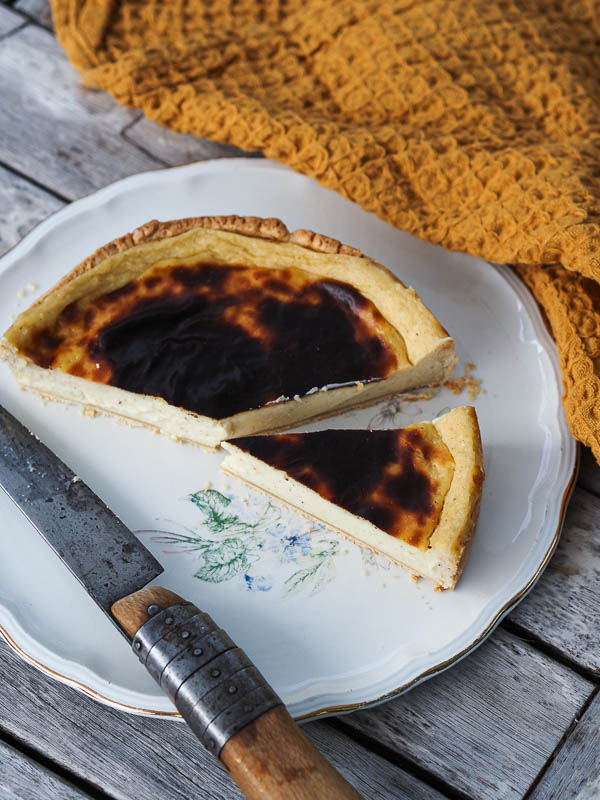
The etymology of the word flan: Derivative Latin fladothe old FLAN name in the Middle Ages East flaon. It is then pancakes or pancakes sold by itinerant merchants in the streets of Paris.
It was during the Renaissance that the word flan appeared. It is then A cheese pieclose to the Dariole or the Talmouse.
It is gradually that the flan has evolved towards the flan that we know today. He becomes a egg cream embellished with fruit, prunes, raisins or even savory ingredients like Poultry or seafood liver lives.
A reference work for French cuisine,, The Paris Mesnagier from 1846 mentioned “sweet flanors” and “Cresme flaons”.
Pastry flan is an egg cream or overturned with a paste. It is Antoine Lent in his book The Parisian royal pastry chef from 1815 which mentions the Parisian flan for the first time.
But what he describes as a Parisian flan is similar to the pastry blank. So these are the same pastry. The Parisian FLAN undoubtedly takes its name from the fact that it is the best -selling dessert in bakeries in the capital.
The Academy of Taste tells us that the pastry blank is without dough. And that as soon as a flan has a paste, it is a Parisian flan. As often the sources contradicts, I will continue my research.
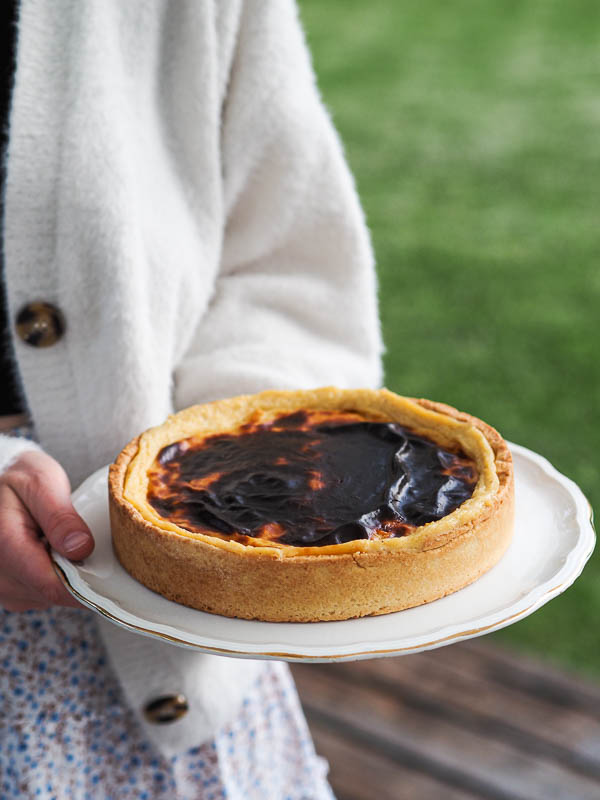
Shortcrust pastry, shortbread, sweet dough or puff pastryno missteps in terms of traditional recipe. It is a matter of taste, or time. It is generally broken or puff pastry that we find for this recipe.
The puff pastry is quite common but longer to make, I personally admit often hesitating to get into a homemade puff pastry. Doesn’t it be worth Better a good short or shortbread dough homemade Rather than a puff pastry of the trade? No judgment here, do as you wish.
Start by making the pie doughspread it and place it in your mold. Dark the dough in the mold be whole by positioning thedough on the edges which are quite high, either by putting at the bottom a circle of the diameter of your mold and a strip of 4 cm or the thickness of the edge all around. You will then gently weld the disc to the band with your fingers.
Avoid this strip technique for strip for the puff pastry which would risk being sealed.
Once your pie dough is well placed in your mold, place it in the freezer time to prepare the flan device. This step is optional but gives a better rendering.
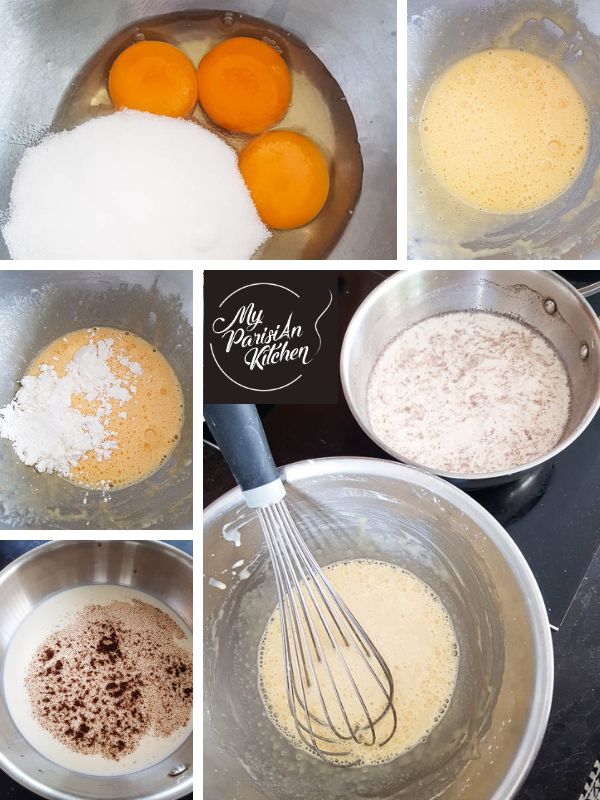
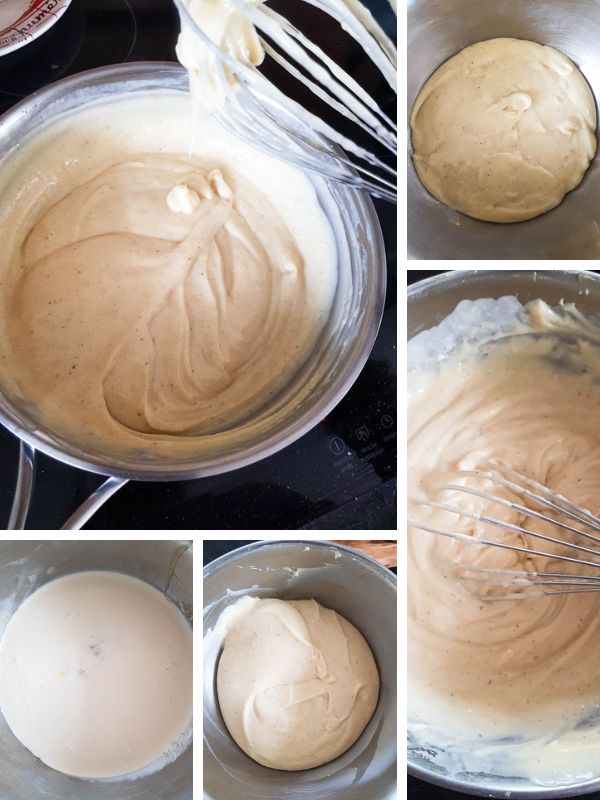
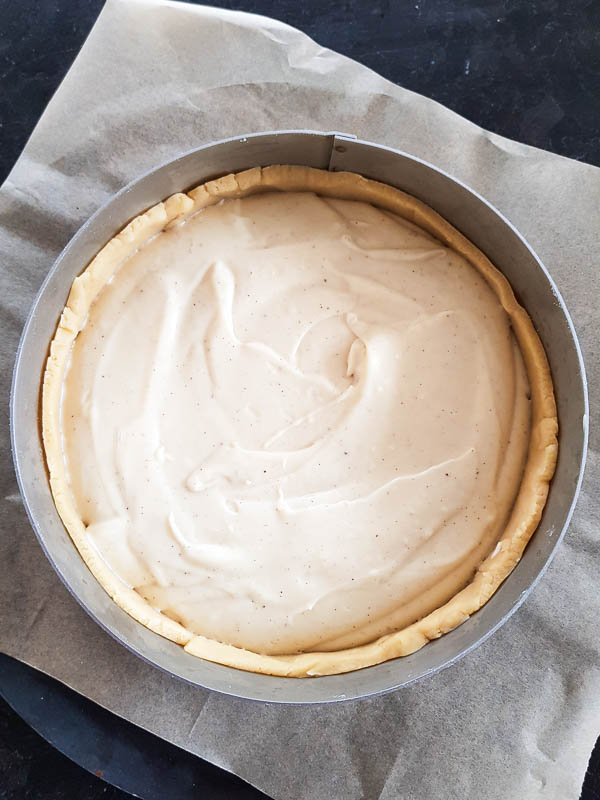

There are a lot of Recipes quite close to the Parisian FLAN ::
And a whole bunch ofAdaptation of the blank, with or without dough And with perfumes Other than the classic to do with a pastry cream vanilla for examination, or even: chocolate, coffee, matcha …
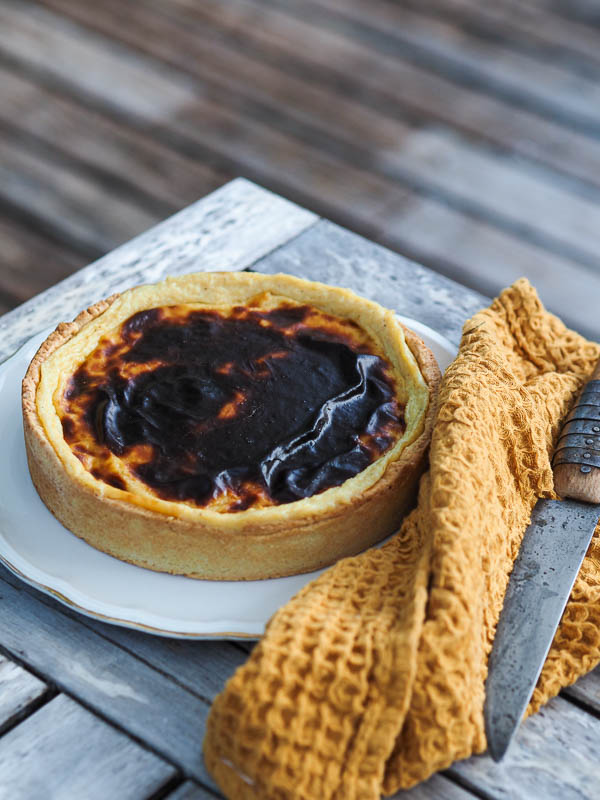
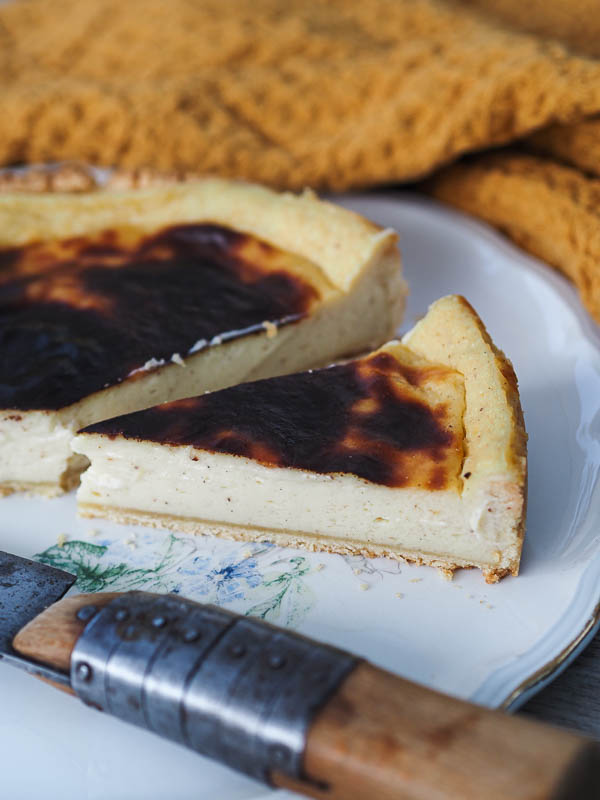
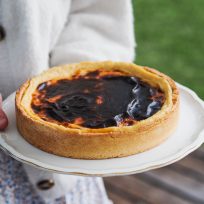
Parisian flan or pastry flan with creamy and melting texture and intense vanilla taste. Nothing like an old -fashioned dessert for pure delicacy.
To prevent standby
Sources: We will taste. Recipe and advice inspired by Ju Chamalo in his book “Mes Flans Pâtissiers” by Editions de la Martinière.
Enjoy